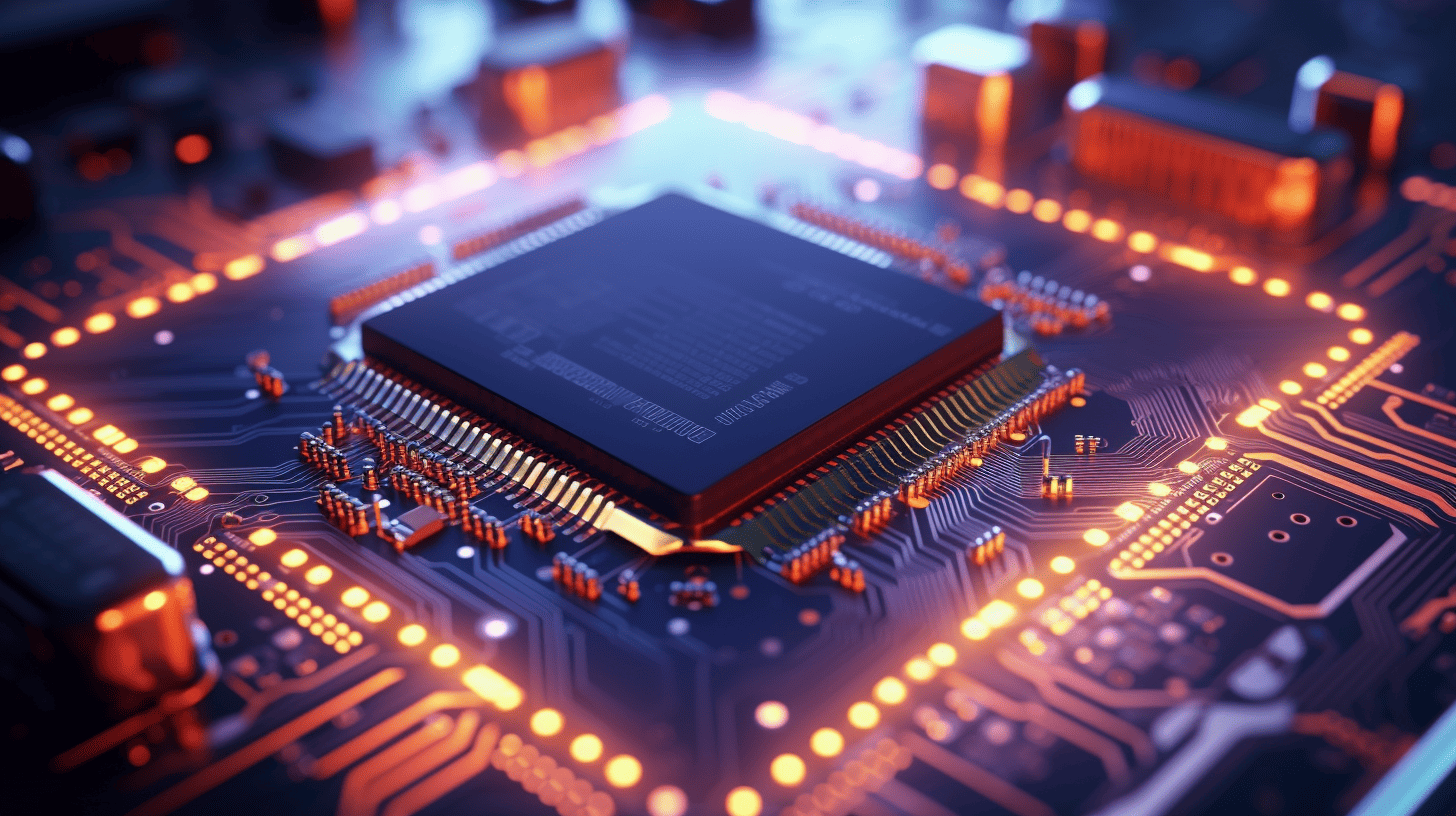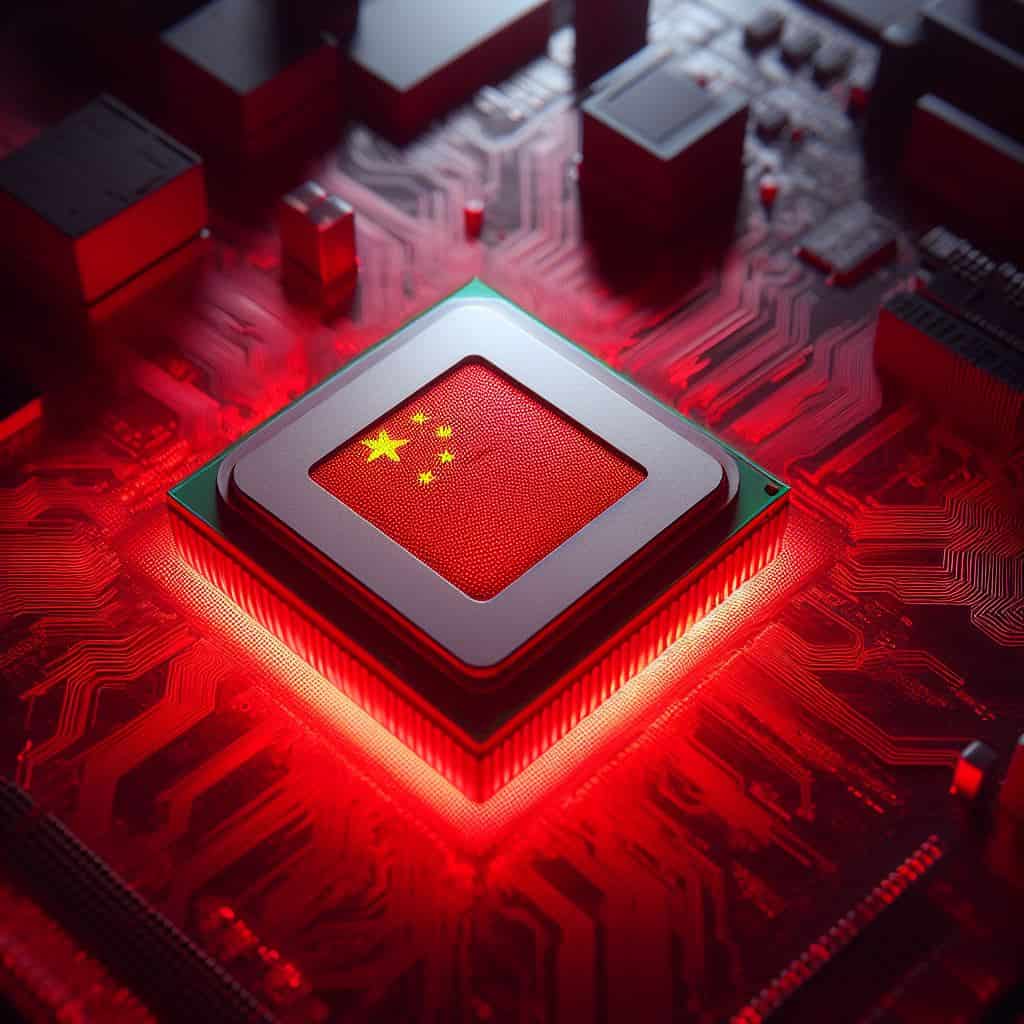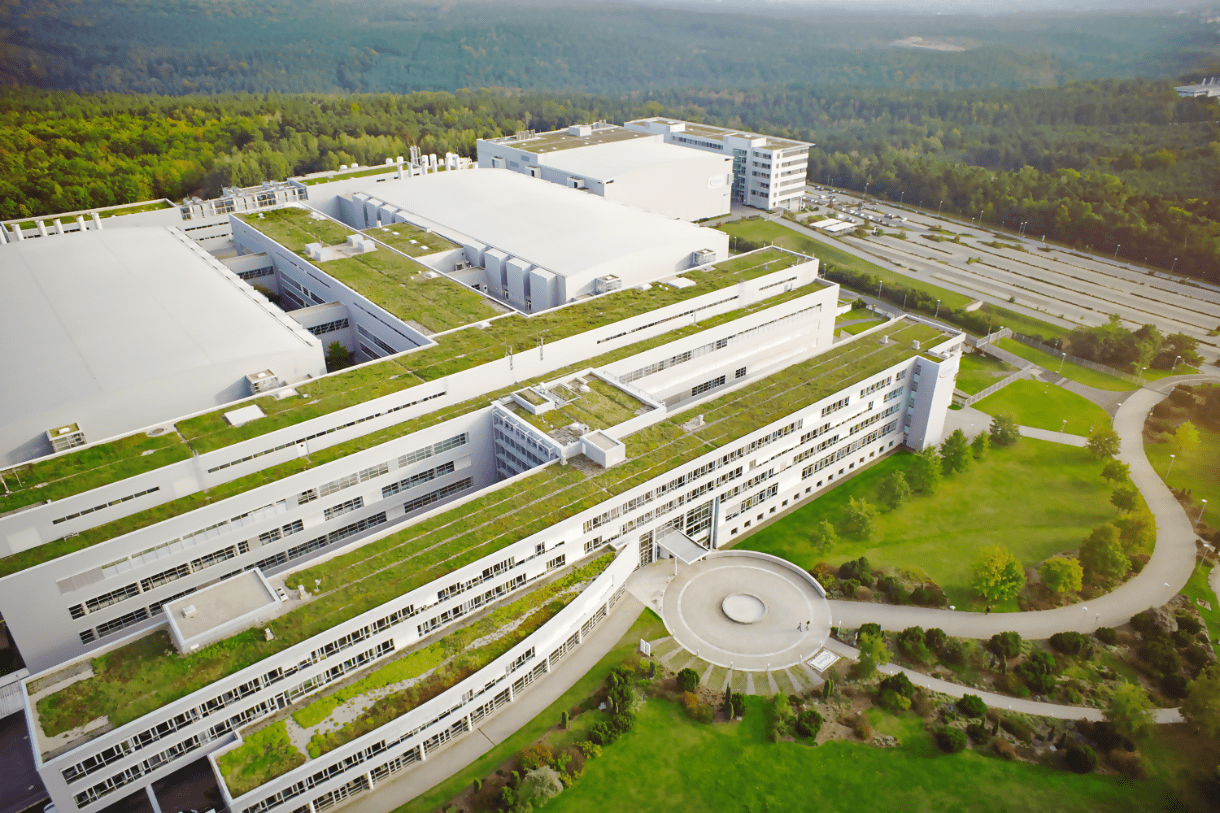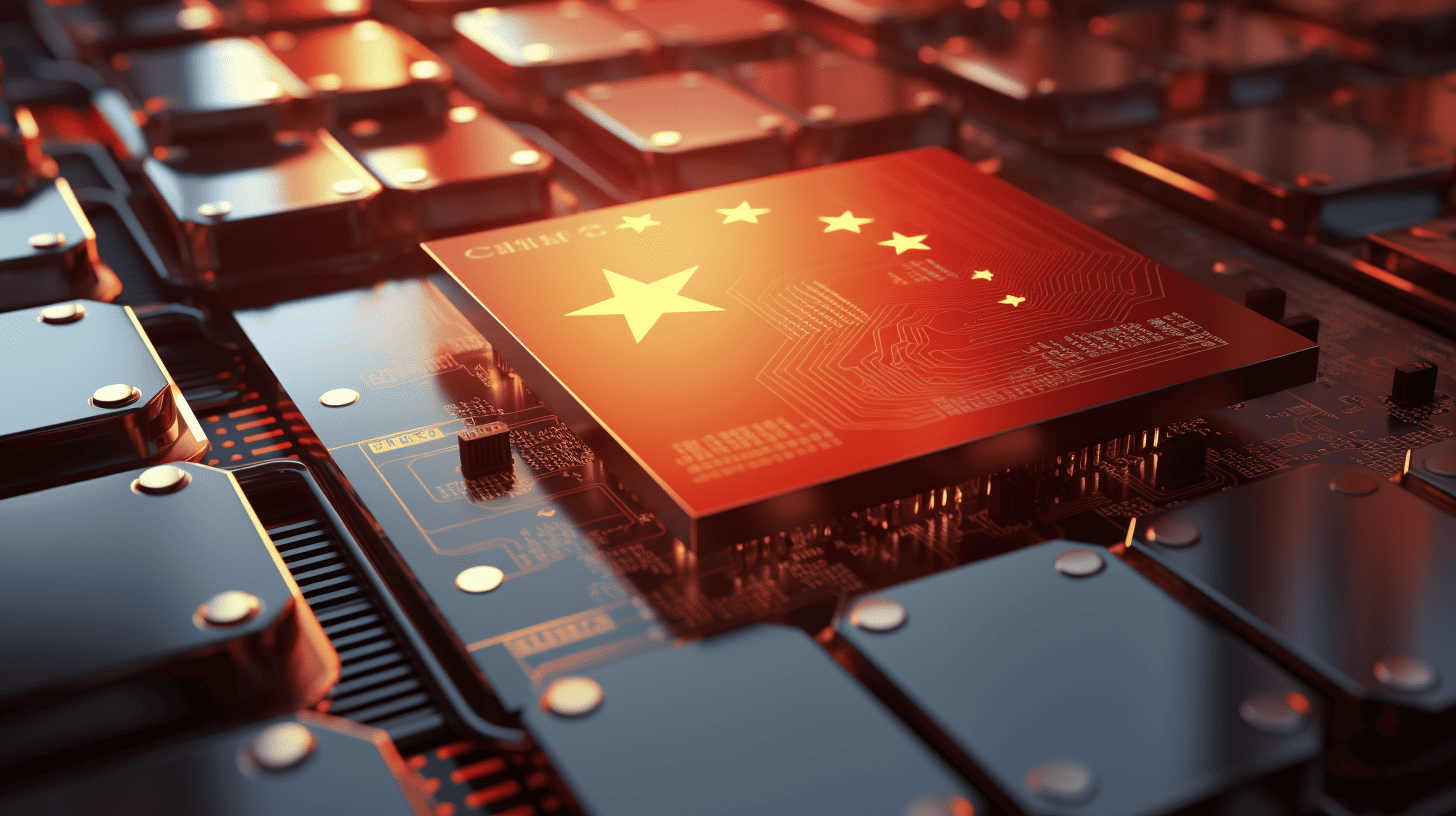
Gartner has projected a significant bounce-back for the global semiconductor industry in 2024, with expected revenue reaching $624 billion, marking a 17% growth. This forecast comes after a challenging period, with a steep 10.9% revenue decline in 2023. The recovery is anticipated to be led by a resurgence in the memory market, which is predicted to see a remarkable 66.3% growth following a 38.8% downturn.
- Gartner forecasts a strong rebound for the global semiconductor market in 2024, with expected revenues of $624 billion, a 17% increase. This follows a 10.9% decline in 2023.
- The recovery is driven by surging demands in the memory market, especially in NAND flash and DRAM sectors, and by the growing need for chips supporting AI workloads in data centers.
- The market is expected to grow sustainably beyond 2024, fueled by the increasing integration of AI and machine learning in computing infrastructure.
Specifically, the NAND flash and DRAM sectors are forecast to experience dramatic turnarounds, with revenue soaring by 49.6% to $53 billion and 88% to $87.4 billion, respectively. This uptick is attributed to surging demand for chips, particularly to augment artificial intelligence workloads such as GPUs in data centers. Furthermore, by 2027, over 20% of new servers are expected to be equipped with workload accelerators, integrating AI into data center applications and driving further industry growth.
The semiconductor industry, vital for powering today’s technology-driven world, is on the cusp of a significant recovery. Analysts at Gartner, a leading research firm, predict a robust growth spurt following a year of contraction. In 2023, the industry grappled with a 10.9% decline, falling to $534 billion. This downturn was influenced by reduced demand across smartphones and PCs and spending cuts in data center and hyperscaler domains.
Memory market poised for a strong comeback
Central to the industry’s resurgence is the memory sector. The previous year saw a sharp 38.8% decline in this market segment. However, 2024 is set to reverse the trend, with a projected 66.3% growth. Analysts highlight two key areas within the memory market: NAND flash and DRAM, forecasting revenue surges of 49.6% to $53 billion and 88% to $87.4 billion, respectively. These figures point to a dynamic recovery, fueled by a bottoming out of NAND flash pricing and a DRAM pricing rebound, anticipated to take full effect in 2024.
AI driving future demand
Alan Priestley, VP Analyst at Gartner, underscores the role of artificial intelligence (AI) in this positive outlook. Despite the current slump, demand for chips to support AI workloads, particularly GPUs, remains strong and is set to invigorate the semiconductor industry. Developments in generative AI (GenAI) and large language models necessitate high-performance GPU-based servers and accelerator cards in data centers, creating a burgeoning market for these components.
As AI continues to weave into the fabric of data center applications, Gartner estimates a corresponding rise in the deployment of workload accelerators. By 2027, it is expected that more than 20% of new servers will include these accelerators, a testament to the growing reliance on AI techniques for data processing and analytics.
DRAM and NAND flash markets
The DRAM sector, particularly, is experiencing a high oversupply level and depressed demand. This has led vendors to drive market prices down to reduce inventory. The oversupply is projected to persist through the fourth quarter of 2023, setting the stage for a price rebound. The full impact of these pricing increases, however, will only materialize in 2024, leading to the forecasted revenue upsurge.
Similarly, the NAND flash segment is navigating through a period of anemic demand and declining prices due to substantial oversupply. Conditions for vendors are expected to improve over the next 3-6 months, positioning the industry for a substantial recovery in the following year.
Long-term industry outlook
The semiconductor industry’s revival is not just a short-term bounce, Gartner expects. The integration of AI into data center applications suggests a sustained demand for semiconductors well into the future. The increasing need for workload accelerators indicates a broader trend where AI and machine learning are becoming integral to computing infrastructure.
Gartner’s forecast aligns with the industry’s cyclical nature, where a market correction and subsequent demand uptick often follow periods of oversupply and high inventory. The firm’s analysis provides a strategic view into the semiconductor market’s emerging trends, helping tech leaders navigate the challenges and opportunities ahead.








